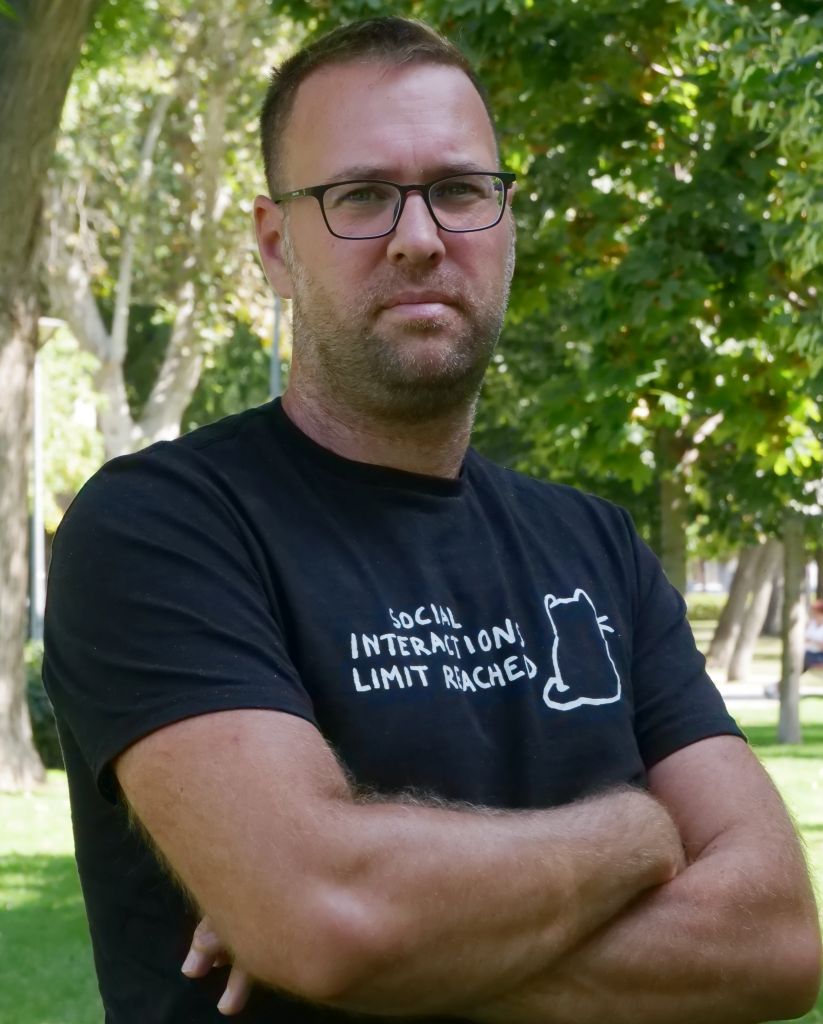The https://english.atlatszo.hu use cookies to track and profile customers such as action tags and pixel tracking on our website to assist our marketing. On our website we use technical, analytical, marketing and preference cookies. These are necessary for our site to work properly and to give us inforamation about how our site is used. See Cookies Policy
In Slovakia national testing, in Hungary free parking – pandemic response measures compared
Based on the available data, we compared how the number of active infections in Hungary and in Slovakia have changed since the first response measures to the second wave of the coronavirus pandemic announced on 15 October. The infection began to spread from a level close to each other in the two neighboring countries, but different decisions yielded different results later.

Slovakia reacted early: they closed all spas, water parks, wellness centers, cultural institutions on 15 October 2020. In restaurants, food and drink can only be served outdoors or take-away. A maximum of 6 people can take part in a gathering, with the exception of the highest level competitions (hockey, football). Covering the mouth and nose outdoors and indoors on all means of public transport became obligatory.
That day, in Slovakia there were 19,047 active infections, 7,182 recovered and 71 deceased due to the coronavirus. The Slovak government was talking about a serious, deteriorating situation. On 21 October, antigen tests arrived for nationwide testing. From 24 October, a curfew came into force. At that point of time, there were 33,724 active infections, 9,960 recovered, and 159 deceased.
Prior to the national testing of more than 2 million people, as of 31 October, 46,929 coronavirus infections were counted, 21,949 tests were performed, and the number of deaths was 219. After national testing the number of active infections increased until 12 November, peaked at 56,994, and then began to decline as the number of people recovered increased. And from 16 November, Slovakia started to ease the pandemic response measures.
In Hungary, on 15 October 2020, there were 28052 active infected and 1052 deceased due to the coronavirus. From 22 October, wearing a mask at outdoor events became mandatory, from 3 November the state of danger was announced, a curfew was introduced for the night hours, and parking fees were lifted.
PM Viktor Orbán said than that compared to Western Europe, where there is a curfew during the day, Austria and Hungary are still doing well. From then on, sports matches became closed gates, swimming pools, restaurants were closed, and all gatherings were forbidden, but there was no national testing effort to contain the spread of the virus.
Percentage of active infected in Hungary and in Slovakia
Is there a correlation between early lockdown and national testing and the significant difference in the number of infected people afterwards in Slovakia and in Hungary? We asked the leaders of the Hungarian pandemic response, but did not receive an answer from either. Only Ferenc Falus, a former national chief medical officer shared his opinion with us:
“The connection is clear. The early response has made it possible to catch up with the growth rate of the epidemic in Slovakia.”
According to Falus, “the national testing isolated a lot of infected people who would not have been found to be infected without it, thus preventing a lot of people from becoming infected later. Hungary should have responded immediately as well when there were more infected than healed again after the first wave of the covid-19 pandemic in the spring.”
COVID-19 has become the leading cause of death in Hungary by now. The workload and the shortage of capacity caused by the coronavirus epidemic puts healthcare staff under extreme stress every day, to the extent that they are unable to provide the level of care that would be expected, says doctor:
The virus epidemic hit an already shattered healthcare system in Hungary, says doctor
COVID-19 has become the leading cause of death in Hungary by now. The workload and the shortage of capacity caused by the coronavirus epidemic puts healthcare staff under extreme stress every day, to the extent that they are unable to provide the level of care that would be expected.
Written by Csaba Segesvári and Attila Bátorfy.


